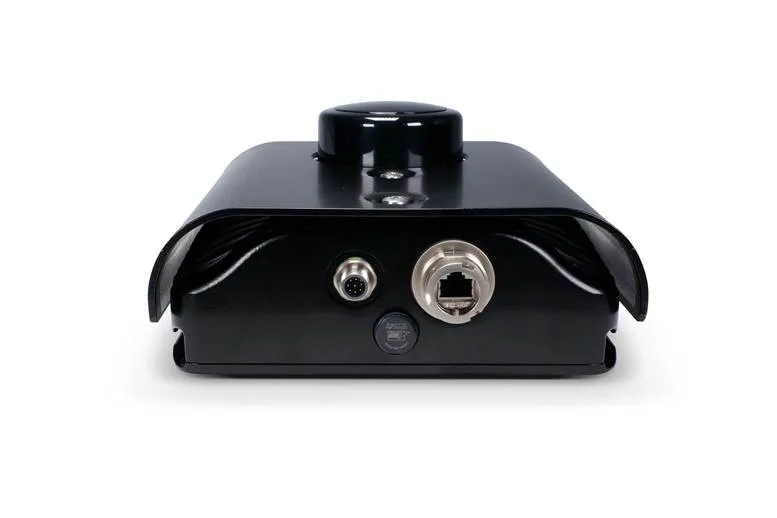Omnitron Systems Technology has announced a new solution for extending network distances to remote IP security cameras that draw electrical current from Power over Ethernet (PoE). The company's new OmniConverter media converter enables fibre connectivity up to 140km from video servers and network equipment. Installed at end of the fibre run, the device is located near an AC or DC power source, where it converts the fibre to UTP and injects PoE over the cabling to power the IP camera. Classified as Power Sou
February 2, 2012
Read time: 2 mins

Installed at end of the fibre run, the device is located near an AC or DC power source, where it converts the fibre to UTP and injects PoE over the cabling to power the IP camera. Classified as Power Sourcing Equipment (PSE), the OmniConverter provides power to one or two IP cameras using the same UTP cables that carry the Ethernet data.
A variety of models are available to convert 100BASE-FX or 1000BASE-X fibre to 10/100 or 10/100/1000 UTP. The OmniConverter features dual-fibre and dual-UTP ports (up to four ports per module) and functions as a power-sourcing PoE mini-switch. The system supports the IEEE 802.3af standard and is claimed to be the first converter on the market to support the new high-power IEEE 802.3at (PoE+) standard. The high-power 802.3at models provide up to 25.5W per port for high-power IP cameras and cameras that feature integrated lighting, pan-tilt-zoom and de-icing capabilities.
Multi-port configurations enable flexible network designs. Dual fibre ports can be used for redundant links with less than 50ms switchover time, or for daisy chain and ring topologies. Dual UTP ports support powering two cameras per converter.








